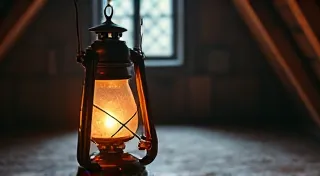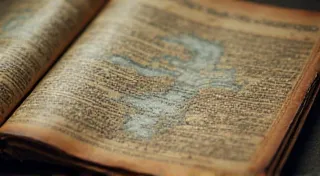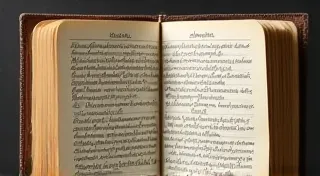The Luminescence of Memory: Reclaiming Radio's Past One Tube at a Time
There's a particular scent associated with antique radios – a blend of aged wood, warm dust, and a faint, almost metallic tang. It’s not unpleasant; in fact, it’s profoundly comforting. It's the scent of history, of craftsmanship, and of voices carried across decades. For those of us drawn to restoring these magnificent relics, it’s the aroma of a passion rekindled. And at the heart of that process, often overlooked yet fundamentally critical, lies the vacuum tube tester. It's more than a tool; it’s a key unlocking the potential for resurrected sound and stories.
I remember the first time I encountered a fully restored '40s Zenith. The glowing tubes, the crackle of static, then the sudden, clear voice of a bygone era – it was transformative. I wanted to understand how it *worked*, not just appreciate its aesthetic beauty. That's when I stumbled into the world of vacuum tube testing, a pursuit that quickly became a gateway to deeper appreciation for the engineering marvels of the golden age of radio.
A Brief History: The Rise of the Vacuum Tube
Before transistors, before integrated circuits, there were vacuum tubes. These glass enclosures, containing carefully engineered filaments, cathodes, anodes, and grids, were the backbone of early electronics. From the first audion developed by Lee de Forest in 1907 to the sophisticated multi-electrode tubes of the 1930s and 40s, these devices amplified signals, generated oscillations, and performed countless other essential functions. Think of the radio broadcasts that captivated a nation during wartime, the early television broadcasts that brought the world into homes, and the sophisticated public address systems that amplified voices of hope and solidarity. All powered by these fragile, glowing tubes.
The sheer ingenuity of their design is humbling. The tolerances were astonishing, especially considering the limitations of the available manufacturing techniques. And yet, these tubes were capable of extraordinary things, ushering in a new era of communication and entertainment. The craftsmanship isn't simply in the construction of the radio itself; it’s in the precision of each individual tube.
But time takes its toll. Tubes age, lose their ability to conduct properly, or simply fail. Many were discarded, lost to landfills, or left to rust in attics. That's where the vacuum tube tester comes in – a device designed to assess the health of these essential components.
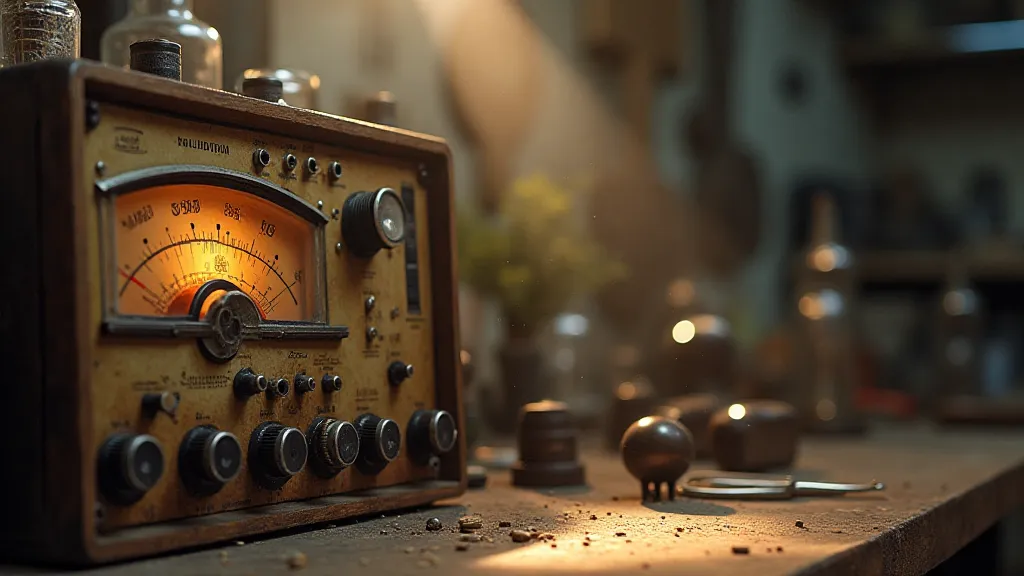
The Vacuum Tube Tester: More Than Just a Meter
Early tube testers were often homemade affairs, relying on basic circuit designs and rudimentary measuring instruments. As demand grew, commercial testers emerged, becoming increasingly sophisticated. They typically measure a range of parameters: filament voltage and continuity, plate voltage, grid voltage, transconductance, and leakage current. The readings provide a "snapshot" of the tube’s condition – whether it’s still performing optimally or needs to be replaced.
Using a tube tester isn’t simply about plugging in a tube and reading a number. It’s about understanding what those numbers *mean*. A slightly elevated leakage current might indicate a tube is nearing the end of its life. A low transconductance could point to a worn-out cathode. Learning to interpret these readings is a skill honed through experience, comparing readings of known-good tubes with those of suspect ones.
The process itself is surprisingly meditative. It's a slow, deliberate act, requiring attention to detail and a quiet respect for the technology involved. In a world dominated by instant gratification, the methodical nature of tube testing offers a welcome respite. It’s a chance to reconnect with a time when things were built to last, and when craftsmanship was valued above all else.
The Emotional Connection: Restoring Voices of the Past
For me, the act of testing and restoring vacuum tubes is deeply emotional. It’s more than just fixing a broken radio; it’s about preserving a piece of history. It’s about giving voice to the past, allowing future generations to hear the broadcasts, the music, and the stories that shaped our world.
Imagine the families who gathered around these radios, sharing moments of joy and sorrow, of hope and despair. These weren't just electronic devices; they were gathering places, sources of comfort, and windows to the wider world. By restoring these radios, we’re not just restoring sound; we’re restoring memories. We’re rekindling a sense of community and connection that is often lost in our modern age.
The feeling of accomplishment that comes from successfully restoring a radio is unparalleled. It’s a tangible reward for your efforts, a testament to your skill and perseverance. And the sound – the crackle of static fading into clear, vibrant audio – is a moment of pure magic.

Resources and Further Exploration
Getting started with vacuum tube testing can seem daunting, but there are plenty of resources available. Online forums and communities dedicated to antique radio restoration are invaluable sources of information and support. Schematics and specifications for countless tube types can be found online, allowing you to identify tubes and understand their operating parameters.
There’s also a growing market for refurbished and repairable tube testers, ranging from simple, entry-level models to complex, professional-grade instruments. Don’t be afraid to experiment and learn from your mistakes. The journey of discovery is just as rewarding as the final result.
Beyond just the testing itself, consider the legacy of these devices. Research the radio’s manufacturer – Zenith, RCA, Philco – learn about their innovations and the impact they had on the world. Understand the cultural context in which these radios were produced and consumed. It enriches the entire restoration experience.
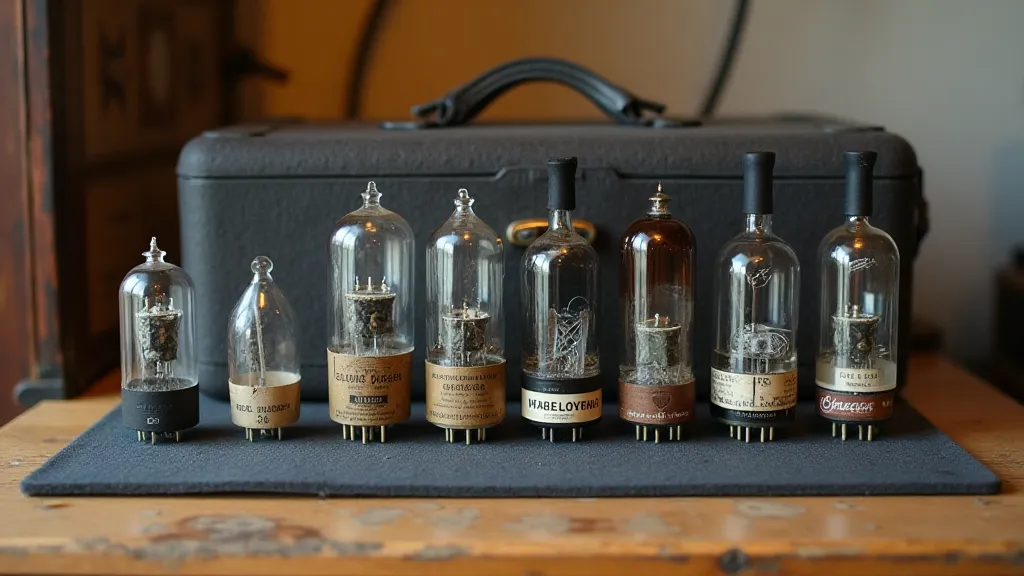
A Labor of Love
Restoring antique radios and testing their vacuum tubes isn't just a hobby; it's a labor of love. It's a way to connect with the past, to appreciate the ingenuity of our predecessors, and to preserve a piece of our cultural heritage. The luminescence of a restored radio, powered by carefully tested tubes, is a beautiful and profound reward – a beacon of memory illuminating the path to a richer understanding of our world. It's a reminder that even the smallest component can play a vital role in bringing a larger story to life. And that, in itself, is a truly remarkable thing.

